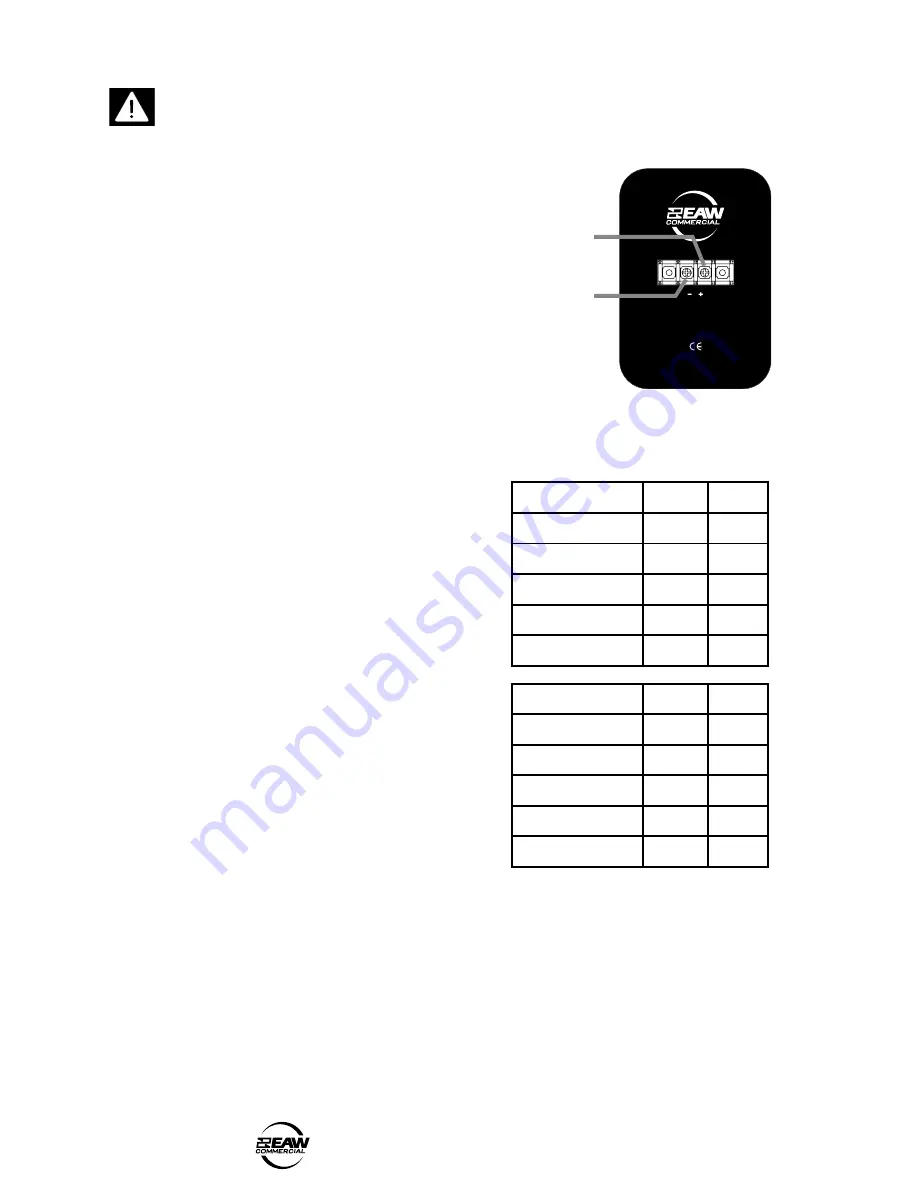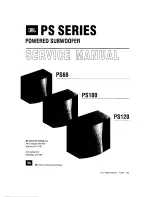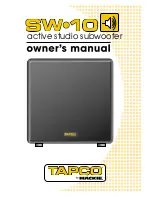
6
– VRS12 and VRS18
VRS12 and VRS18 –
7
4. CONNECTIONS
WARNING:
To prevent the risk of electric shock, do not connect the loudspeaker
with the amplifier switched on. The protective cover over the terminal strip is a safety
feature per CE requirements. Replace this cover after making the signal connections.
1. Remove the insulating cover from the loudspeaker input
terminal strip.
2. The positive (+) input terminal of the loudspeaker connects
to the positive (+) output of your power amplifier.
3. The negative (–) terminal of the loudspeaker connects to
the negative (–) output of your power amplifier.
4. Using a small phillips screwdriver, secure the connections.
5. Replace the insulating cover over the loudspeaker input
terminal strip.
Loudspeaker Cables
• Use loudspeaker cables with a minimum
conductor size for the length you need as
listed in these tables. This will minimize
power losses to less than 0.5 dB. The
cable lengths listed are “up to” lengths.
For in-between lengths, use the next larger
conductor gauge. Using larger than the
recommended conductor size is always
permissible. Using smaller than recommended
conductor size will result in higher power
losses.
• The recommended conductor gauges are
listed for AWG (American Wire Gauge) and
Metric WG (Metric Wire Gauge). Note that
smaller AWG numbers = larger conductors
and smaller Metric WG numbers = smaller
conductors. The Metric WG is equal to ten
times the nominal conductor diameter in millimeters.
• For cable lengths over 200 feet / 60 m at 8 ohms, and over 100 feet / 30 m at 4 ohms,
the conductor sizes needed for less than 0.5 dB power losses are rarely practical
for physical and cost reasons. As a practical compromise for these situations the
recommended conductor gauge is 10 AWG or 25 metric.
Minimum AWG 4 ohm 8 ohm
18
10 ft
25 ft
16
25
50
14
25
75
12
50
125
10
100
200
Min Metric WG 4 ohm 8 ohm
12
3 m
8 m
14
8
15
16
8
25
20
15
40
25
30
60
CAUTION:
SUSPENDING THIS SYSTEM SHOULD BE DONE BY QUALIFIED
TECHNICIANS FOLLOWING APPROPRIATE SAFETY STANDARDS
-- +
IN PUT


































